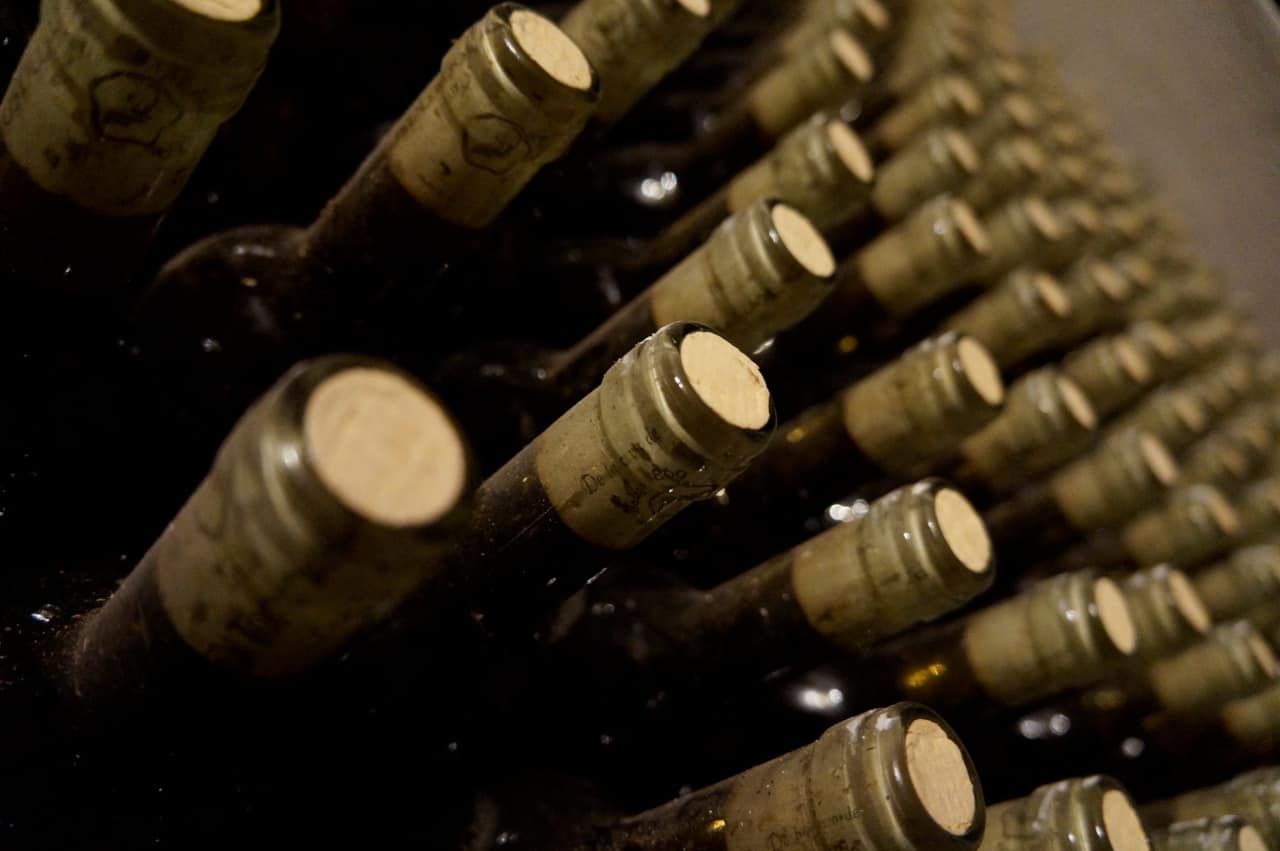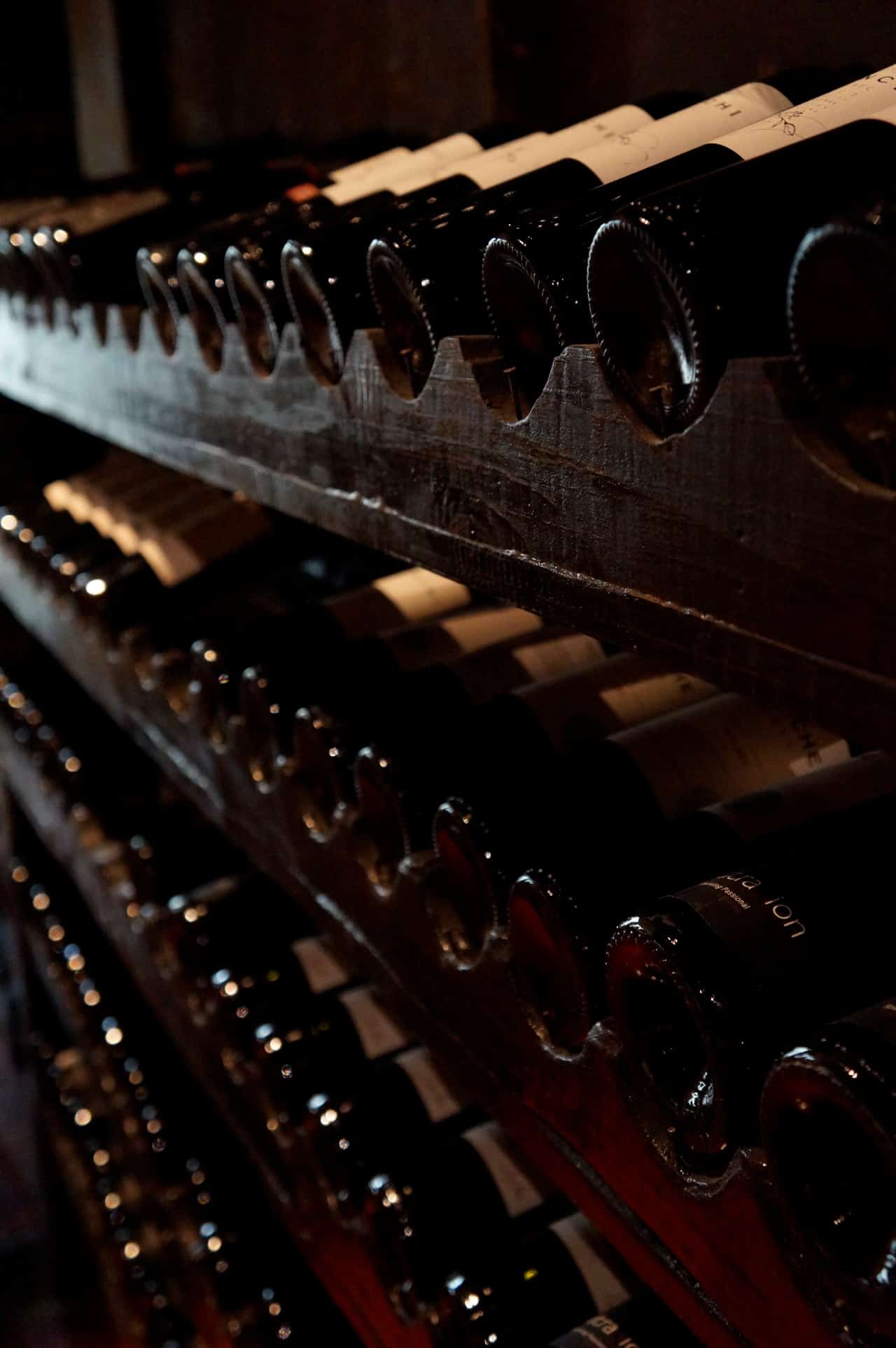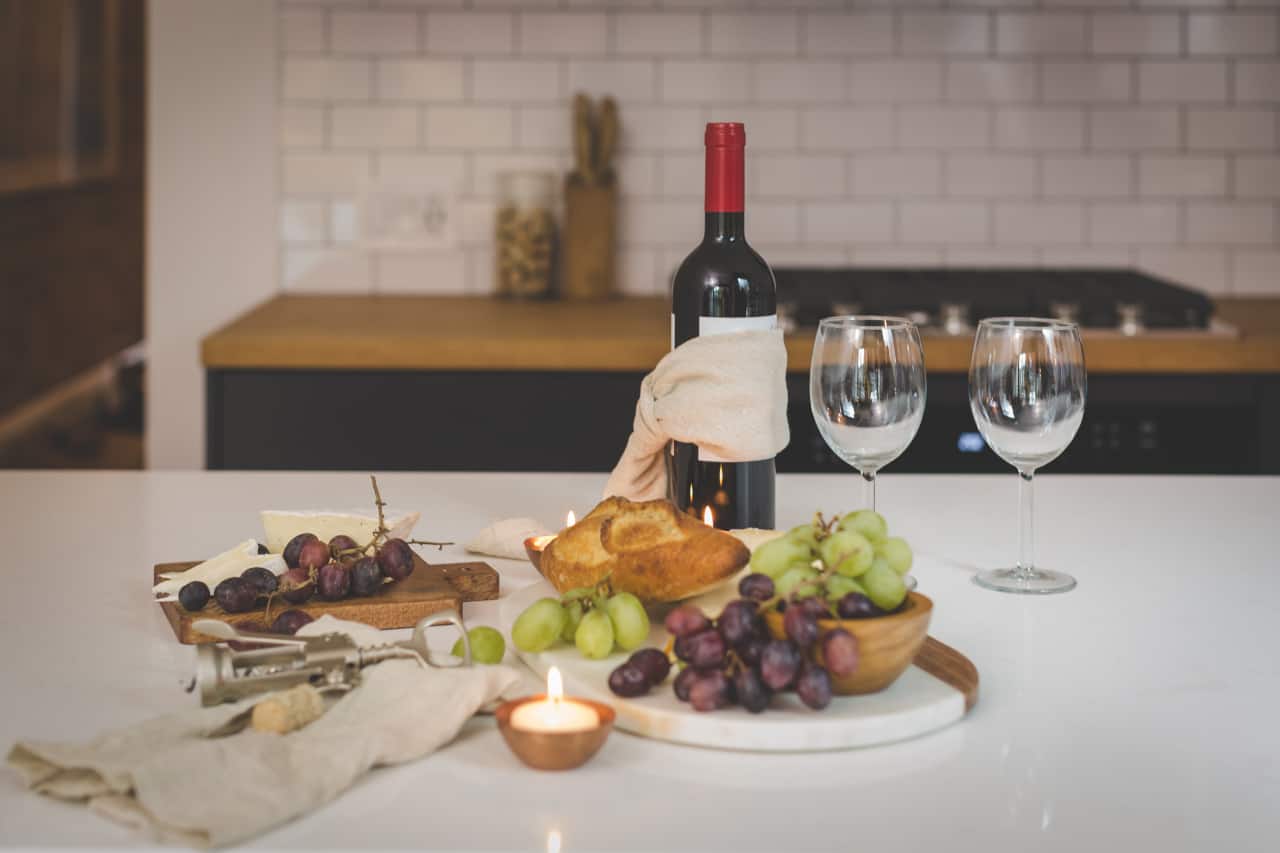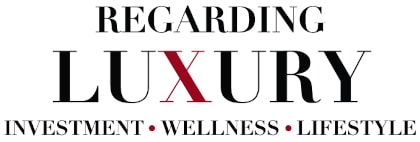Related: Will hedge funds still generate positive returns in today’s choppy financial waters?
Wines provide above-average returns and they have a very low correlation to capital markets. That makes them ideal for diversification. Like other tangible assets, they can hold most of their value, even during downturns.

The allure of alternative investments like this is the result of economics. Prime wines improve as they age and are more desirable as the years go by (higher demand). Concurrently, the number of bottles in each vintage is limited and some get consumed over time (lower supply). This, coupled with a sizeable worldwide market, pushes the price upwards. People who bought them early can reap the rewards.
Investing in wines has been around for centuries, but it remained in the hands of a few experts and the affluent. While its opening to the mainstream is fairly recent, the results have been impressive. Over the last 30 years, the category has mostly outperformed the S&P 500, even in periods of economic stress.

The emergence of specialized exchanges makes participation more accessible and efficient. The London International Vintners Exchange (a.k.a. Liv-Ex) is the world’s leading marketplace dedicated to the wine trade. Their Fine Wine 50 and 100 indexes have returned around 22% over the last five years, while avoiding the volatility of the stock market.
Alternative investments: Tens of thousands for a bottle
Not all wines are equally desirable. “Investment grade” wines are of superior quality and the maker’s reputation is golden. They possess longevity. They take years to mature and will retain their properties for a very long time. A limited production level is also key to provide scarcity value.
The best-established names in the world are the great vineyards (Chateaus or Crus) from Bordeaux: Mouton Rothschild, Margaux, Lafite, Haut-Brion and Latour. They are followed by select Burgundian wines (Romanee-Conti, Musigny). Then, interestingly, by a few labels from the United States (Screaming Eagle) and Italy (Brunello di Montalcino). These are some of the finest and most expensive wines in the market, with bottles that can start in the tens of thousands of dollars.

Wine investment, however, is not only for the rich. There are plenty of gems that can be acquired by the case for under five thousand dollars. Some of these wines come from classic regions in France, Italy, Spain, and Germany. Others come from well-established producers like Australia, South Africa, or Chile. Some even come from “niche” places such as Lebanon, Mexico, and Ethiopia.
Canadian ice wine is considered a specialty and it has devotees around the world. Ontario’s multi-award winner, Royal DeMaria, for example, offers single bottles that range from under $100 to a whopping $250,000 for an exclusive Chardonnay product.
Wine investment funds
For new investors seeking help, there is a growing number of consultants and brokers that specialize in wines. Some investment firms such as Cult Wines or Vinovest offer advice, appraisals. They will execute buy/sell transactions. Since few people own a sizeable wine cellar, professional storage services and insurance (very important) are also available.
Accredited investors who want market exposure, but without physical ownership, can opt for a wine investment fund, such as Accilent Capital’s WIFC. Participation in such funds is restricted because of the inherent risks. The main one is the long-term horizon required for the investment to pay off. The liquidity is much lower than in the capital markets. There is also the terrifying hazard of physical damage to the wine.
Fine wine can be a smart and fun alternative investments for those seeking returns and diversification. And if the wine fails to achieve the expected return, it can at least alleviate your sorrows when you guzzle it down. How many stocks or mutual funds can do the same?
Legal Disclaimer: the contents of this article are for information purposes only and are not intended to provide any form of financial or investment advice.
TOP IMAGE BY MARKUS SPISKE
WINE RACK AND BOTTLE CORK IMAGES BY BRUNO CANTUARIA

A business professional turned writer, Ricardo has a passion for presenting complex ideas in a reader-friendly way. He has worked for blue chip corporations in Canada, ran a restaurant franchise in Venezuela and developed a papaya farm in the tropical jungles of southern Mexico.
His education includes an MBA, specialized financial training, and a variety of professional writing courses from the University of Toronto. He has published personal finance articles in both English and Spanish.
Ricardo lives in Toronto with his wife and daughter.








